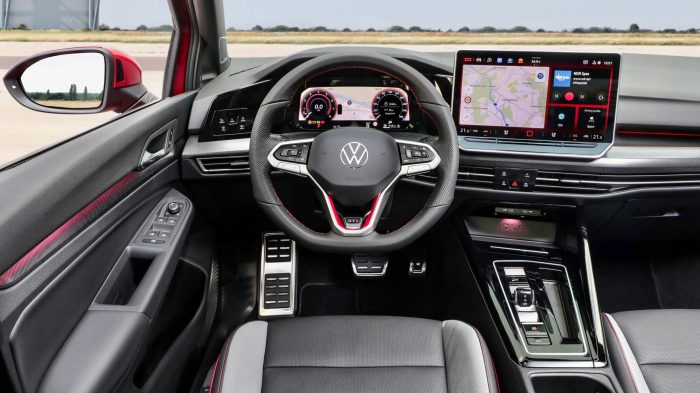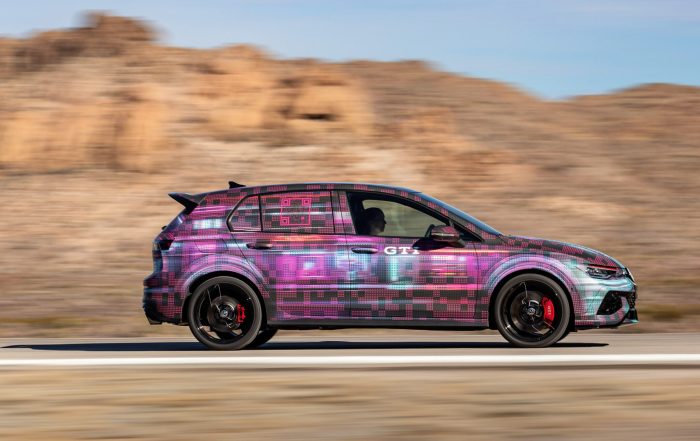The Volkswagen e-Golf, while no longer in production, remains a relevant topic for prospective used car buyers in 2025. This guide provides a comprehensive overview of owning an e-Golf, addressing its strengths, weaknesses, maintenance considerations, and future-proofing aspects. We’ll delve into everything from charging infrastructure to potential repair costs, ensuring you’re well-informed before making a purchase.
Understanding the VW e-Golf’s Legacy
Launched several years ago, the e-Golf represented Volkswagen’s early foray into the electric vehicle market. While superseded by newer models like the ID.4, the e-Golf holds a special place as a reliable and relatively affordable used electric car option. Its compact size makes it ideal for city driving, and its familiar VW design appeals to a broad audience. However, understanding its limitations is crucial before committing to ownership.
Strengths of the VW e-Golf
- Compact and Maneuverable: Perfect for navigating urban environments and tight parking spaces.
- Familiar Volkswagen Quality: Benefits from Volkswagen’s established reputation for build quality and reliability (though specific to the model year).
- Relatively Affordable (Used): Compared to newer EVs, used e-Golfs offer a more budget-friendly entry point into electric vehicle ownership.
- User-Friendly Technology: Generally boasts a straightforward infotainment system and easy-to-use driving interface.
Weaknesses of the VW e-Golf
- Limited Range: Compared to newer EVs, the e-Golf’s range is significantly shorter, especially in colder climates. Expect around 125 miles on a full charge, depending on the model year and driving conditions. This is a critical factor to consider, especially if you have longer commutes or frequent road trips.
- Charging Speed: Charging times can be longer than newer EVs with faster charging capabilities. Plan your charging accordingly.
- Older Technology: Some features and technology may feel outdated compared to newer electric vehicles.
- Availability of Parts: As the car is no longer in production, sourcing parts for repairs might become increasingly challenging and expensive over time.
Owning a VW e-Golf in 2025: Practical Considerations
Charging Your e-Golf
Charging infrastructure is crucial for EV ownership. Understanding the different charging options available is vital. The e-Golf can be charged using:
- Level 1 Charging (120V): Uses a standard household outlet. This is the slowest charging method, suitable for overnight charging.
- Level 2 Charging (240V): Requires a dedicated 240V outlet or a home charging station. This significantly reduces charging times.
- DC Fast Charging: While the e-Golf supports DC fast charging, its charging speed is slower than newer EVs. It’s still a useful option for longer journeys.
Research the availability of charging stations in your area before purchasing an e-Golf. Websites like PlugShare ( https://www.plugshare.com/ ) can help you locate charging stations.
Maintenance and Repairs
Maintaining an electric vehicle is different from maintaining a gasoline-powered car. While there are fewer moving parts, specialized knowledge and tools are often required for repairs. Expect higher labor costs for specialized EV mechanics. Regular maintenance should include:
- Tire rotations and balancing
- Brake inspections
- Battery health checks
- Software updates
Finding a reputable mechanic experienced with EVs is essential. Check online reviews and seek recommendations before selecting a repair shop.
Battery Life and Degradation
Battery degradation is a natural process in all EVs. The e-Golf’s battery capacity will gradually decrease over time and with usage. Factors affecting degradation include charging habits, temperature extremes, and overall usage. While battery replacement is possible, it’s a significant expense. Research the expected battery lifespan for your specific e-Golf model year before purchase.
Insurance and Financing
Insuring an EV might have slightly different considerations than insuring a gasoline car. Some insurance companies offer specific EV coverage or discounts. Shop around for the best rates and compare coverage options. Financing options for used EVs are also available through various banks and credit unions. Explore different loan terms and interest rates to find the most suitable option.

Source: co.nz
Future-Proofing Your e-Golf Ownership
While the e-Golf is no longer in production, taking steps to ensure its longevity can enhance your ownership experience. This includes:
- Regular Maintenance: Adhering to a regular maintenance schedule helps prevent costly repairs down the line.
- Responsible Charging Practices: Avoiding extreme temperatures during charging and optimizing charging habits can prolong battery life.
- Software Updates: Keeping the car’s software updated can improve performance and address potential issues.
Frequently Asked Questions (FAQs)
- Q: How much does a used VW e-Golf cost? A: The price varies greatly depending on the model year, mileage, and condition. Expect prices to range considerably, so thorough research is essential. Check online listings from reputable sources.
- Q: What is the range of a VW e-Golf? A: The range depends on the model year and driving conditions, but generally expect around 125 miles on a full charge. This can be significantly less in cold weather.
- Q: How long does it take to charge a VW e-Golf? A: Charging time varies depending on the charging method. Level 1 charging can take many hours, while Level 2 charging is significantly faster. DC fast charging offers the quickest option, though still slower than many newer EVs.
- Q: Are parts for a VW e-Golf readily available? A: As the car is no longer in production, parts availability may become an issue over time. Finding a reputable mechanic with access to parts is crucial.
- Q: Is it worth buying a used VW e-Golf in 2025? A: This depends on your individual needs and budget. If you need a compact, affordable electric vehicle for primarily city driving and are comfortable with its range limitations, a used e-Golf could be a good option. However, carefully weigh the pros and cons before making a decision.
Conclusion
Owning a VW e-Golf in 2025 presents both opportunities and challenges. By understanding its strengths and weaknesses, and by planning for potential maintenance and charging needs, you can make an informed decision about whether this vehicle aligns with your lifestyle and budget. Remember to thoroughly research the specific model year and condition before purchasing a used e-Golf.
Call to Action
Ready to explore the world of used electric vehicles? Start your search today and find the perfect pre-owned VW e-Golf that fits your needs! Remember to thoroughly research and compare prices before making a purchase.
Answers to Common Questions
What is the expected range of a VW e-Golf in 2025?
The range will vary depending on factors like driving style, weather conditions, and battery health, but expect around 100-150 miles on a single charge.
How long does it take to charge a VW e-Golf?
Charging times vary greatly depending on the charger type. A Level 2 charger will typically take several hours, while a DC fast charger can significantly reduce charging time.

Source: com.au
What is the expected maintenance cost of a VW e-Golf?
Generally, electric vehicles require less maintenance than gasoline cars, but brake pad replacement and tire rotations are still necessary. Battery replacement is a significant cost but usually not required for several years.
What are the available warranty options for the battery?

Source: carscoops.com
Consult your VW dealership for specific warranty details as they vary by region and purchase date. Battery warranties typically cover defects, not normal wear and tear.
